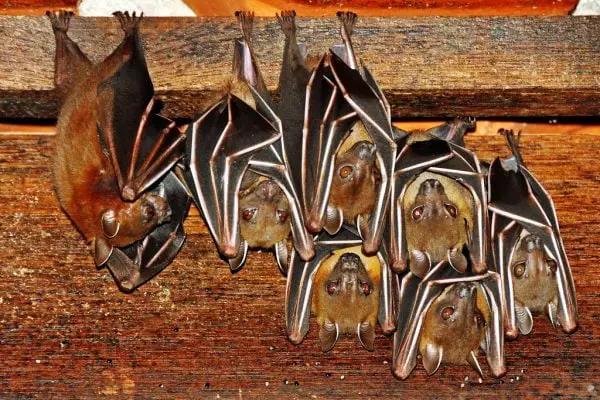Snakes, those mesmerizing yet often misunderstood creatures, have slithered through human history and folklore for millennia. Their sinuous movements, captivating eyes, and diverse forms have sparked both fear and fascination. But beyond their captivating appearances, the world of snakes holds a hidden layer of intrigue – the language used to describe groups of these legless wonders. Let’s delve into the collective nouns associated with snakes and explore the fascinating facts that continue to make them an integral part of our natural world.
Collective Nouns for Snakes
Unlike some animals with singular collective nouns, snakes boast a diverse vocabulary, each term reflecting the specific behavior or context of the group:
- Bed: This term, while seemingly unsettling, describes a large and intertwined group of snakes, often coiled together in a dormant or basking state. It evokes a sense of collective warmth, shared space, and the potential danger they pose when disturbed.
Example: As the sun beat down on the desert sand, a bed of rattlesnakes lay motionless, their diamond-patterned scales blending seamlessly with the rocky landscape, a silent testament to their remarkable camouflage abilities.
- Den: This term signifies a group of snakes residing in a shared dwelling, often a hidden cave, burrow, or rocky crevice. It emphasizes the communal nature of certain snake species and their reliance on these safe havens for shelter and breeding.
Example: Deep within the heart of the ancient forest, a den of copperheads guarded their territory, their watchful eyes scanning the undergrowth for potential threats to their young nestled within the den’s hidden depths.
- Nest: This term describes a group of snake eggs, often found carefully concealed within a warm and protected location. It highlights the vulnerable stage of their life cycle and the parental care provided by certain snake species, particularly pythons, who coil around their eggs to maintain warmth and regulate temperature.
Example: Hidden beneath a layer of decaying leaves, a nest of python eggs pulsed with life, their leathery shells anticipating the arrival of the next generation of these fascinating creatures.
- Pit: This term, often associated with vipers, refers to a group of snakes inhabiting a common pit, particularly in arid regions, where these underground refuges offer protection from extreme temperatures and predators.
Example: Seeking refuge from the scorching desert sun, a pit of vipers huddled together in the cool depths of their shared subterranean dwelling, their forked tongues flicking in and out as they sensed their surroundings.
- Knot: This evocative term portrays a group of snakes entangled together in a complex and intertwined mass, often seen during mating season or when threatened. It captures the dynamic interaction and potential aggression within the group, creating a visually striking image.
Example: As the mating season approached, a knot of garter snakes writhed in a frenzy of activity, their vibrant green scales glistening in the sunlight, a display of both competition and cooperation within the pursuit of reproduction.
Fascinating Facts About Snakes
Understanding collective nouns enriches our vocabulary and adds a deeper layer of appreciation for the unique characteristics of these creatures. But venturing deeper into the world of snakes reveals their remarkable adaptations, ecological significance, and the complex relationship they share with humans:
Masters of Adaptation: Snakes have evolved diverse body shapes, scales, and venom variations, allowing them to thrive in a wide range of habitats, from scorching deserts to frigid mountains. This remarkable adaptability has ensured their survival for over 150 million years.
Ecological Benefits: Despite their fearsome reputation, snakes play a crucial role in maintaining healthy ecosystems. They act as natural pest control, consuming rodents and insects that can damage crops and spread disease.
Symbols of Transformation and Renewal: Throughout history, snakes have been associated with transformation, healing, and rebirth. Their ability to shed their skin symbolizes renewal and the cyclical nature of life.
A Source of Inspiration: Snakes have served as a wellspring of inspiration for artists, writers, and mythologies across various cultures. Their captivating forms, symbolic meanings, and enigmatic presence continue to fuel creative expression across various mediums.
Overcoming Fear and Fostering Respect: While snakes may evoke fear in some, understanding their unique biology, ecological roles, and diverse lifestyles can help foster respect and appreciation for these fascinating creatures.
Final Thoughts
From the mesmerizing “bed” basking in the sun to the vulnerable “nest” awaiting life’s emergence, the diverse collective nouns for snakes offer a glimpse into their multifaceted nature and ecological roles. Understanding these terms and appreciating the enduring allure of snakes fosters a deeper respect for their remarkable adaptations, ecological contributions, and the complex tapestry they weave within.
Also Read:






